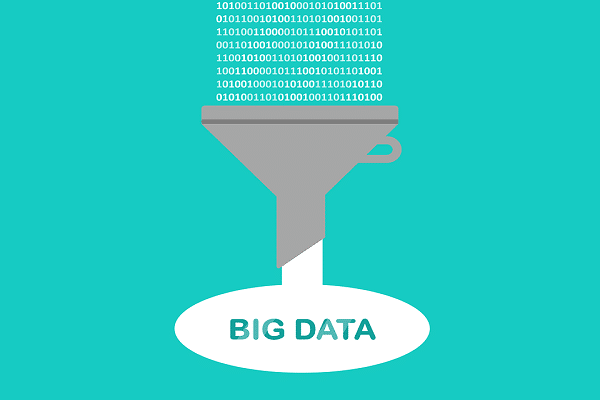Adoption of open source Big Data Platform for easy developing, deploying, operating and managing of big data infrastructure, has now become the trend, thanks to its immense benefits to developers, data analysts, business analysts and more.
In order to bring more transparency in India’s Logistics sector and help the government go the right way in improving business, DMICDC Logistics Data Services Ltd (DLDC) – a vehicle created between Government of India’s National Industrial Corridor Development and Implementation Trust (NICDIT) and Japan based NEC Corporation, has now adopted NEC’s Big Data Platforms to back their Logistics Data Bank (LDB) project to achieve a digital transformation.
Why adopt Big Data Platforms?
Through adoption of ‘Data Platform for Hadoop’ (DPH) and ‘Data Integration and Analytics Services’ – the Big Data Platforms, LDB, known to providing Export and Import (EXIM) container visibility and managing as much as 70 percent of India’s EXIM container volume, has seen a remarkable enhancement in collecting, storing, processing and analysing data on a single platform along with an automated reporting process while minimising infrastructure investment.
Starting from replacing manual report creation with automated one to providing quick and trust worthy analytical reports to customers, enabling visualisation and developments of analytics model along with creation of customised reports – both on a single dashboard, DPH has helped LDB project in shortening the overall workflow for creating reports. It has also reduced the number of analysts by about 70 percent.
“DPH reduces the lead time for doing meaningful analytics and publishing deep insights for stakeholders. Going forward, DPH will play a major role in compiling complex data from a variety of sources and generating essential market intelligence,” said Piyush Sinha, CEO at DMICDC Logistics Data Services.
Future plan
In the future, DLDS will expand the adoption of DPH as a common data platform. This will enable enhancement of its existing system capabilities, including the ability to capture data on a real time basis, perform predictive analytics and deliver new services, like, transportation route optimization by analyzing IoT data.



































































